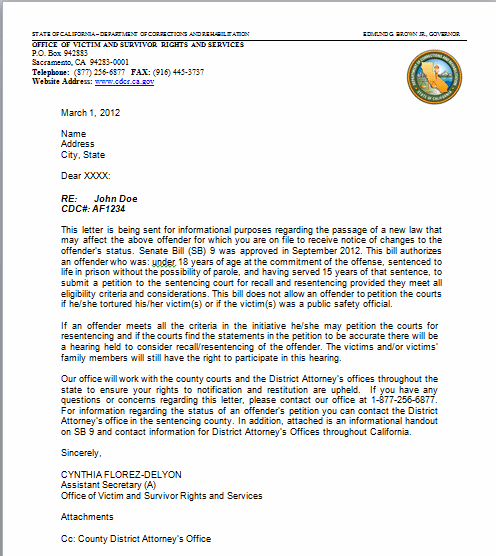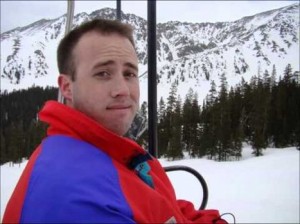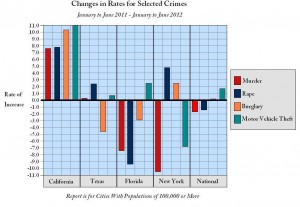Compliments of Crime Victims United of California
Prisons are more crowded than ever and crime is on the rise for the first time in the 21st Century. Many point the finger directly at California’s Criminal Justice Realignment Program that has been in effect since October, 2011. Realignment shifts responsibility from the state to counties for the custody, treatment, and supervision of individuals convicted of specified non-violent, non-serious, and non-sex crimes. The counties are ill-equipped to take on these massive new case-loads, and as a result criminals who should be incarcerated are instead walking our streets. More than 500 felony crimes qualify as non-violent, non-serious, and non-sexual. Here are some of them:
Vehicle Felonies
- Vehicular manslaughter while intoxicated
- Involuntary manslaughter
- Fourth offense DUI
- Reckless driving causing bodily injury
- DUI-related reckless driving resulting in specified serious injuries
- Evading a peace officer while driving the wrong way
- Willfully or negligently causing a train crash by an engineer
Mass Destruction Felonies
- Possession of bomb-making component substances with the intent to make a destructive device
- Possession, exploding, igniting a destructive device or explosive with intent to injure or intimidate or destroy property
- Possession of specified restricted biological agents
- Exploding a destructive device with intent to injure, intimidate, or to wrongfully destroy or injure property
Drug Felonies
- Importation, transportation of a controlled substance
- Sale of controlled substance on school grounds
- Sale of controlled substance to a minor under 14 in a public park
- Barricading a building to prevent law enforcement entry of a place used to sell heroin, PCP, methamphetamine, crack cocaine, etc.
- Manufacturer of a controlled substance who illegally disposes of hazardous chemical byproducts
- Possession for sale of PCP
- Trafficking in heroine, crack cocaine, cocaine, methamphetamine, or PCP within 1,000 feet of a drug treatment center
- Possession of specified chemicals with intent to manufacture PCP
- Possession of specified chemicals with intent to manufacture methamphetamine
Medical Felonies
- Sexual relations with two or more clients/patients by physicians and surgeons, psychotherapists, or drug abuse counselors
- Practicing dentistry without a license under circumstances creating a risk of great bodily harm, serious physical or mental illness, or death
- Practicing medicine without a license
- Prescription drug forgery
- Wholesaler, manufacture, or employee of same furnishing a controlled substance for other than legitimate medical purposes
- Counterfeiting prescription forms
Firearm Felonies
- Felony violations of the gun-free school zone act of 1995
- Firearms-related violations within a playground or youth center
- Bringing specified deadly weapons onto school grounds
- Brandishing a firearm in a threatening manner while an occupant of a motor vehicle
- Unauthorized possession or transport of a machinegun
- Manufacture, sale of assault weapons
Miscellaneous Felonies
- Mutilating, maliciously destroying, etc. a veterans’ memorial
- Child abandonment
- Hazing resulting in serious bodily injury
- Manufacturing counterfeit birth certificates
- Felony identity theft
- Mortgage fraud
- Insurance fraud
- Felony animal abuse
- Felony dog fighting and related offenses
- Financial aspects of elder abuse
- Inciting a riot which results serious bodily injury
- Participation in an act of lynching
- Conspiracy to commit a crime against the president, vice-president, any governor, any U.S. Justice or judge, or secretary of any of the federal executive departments
- Battery against a peace officer, firefighter, EMT, probation officer, etc.
- Involuntary servitude (i.e., holding someone in slavery)
- Hate crimes
- Second violation of domestic violence-related protective order
- Statutory rape (this is only a felony where there is a specified age disparity between the defendant and the victim)
- Grand theft
- Knowingly selling firearms to criminal street gang members, knowing that the firearm will be used to commit a felony















